LEVEL DESIGNER - JOB DESCRIPTION
Missions, skills, training
LEVEL DESIGNER JOB DESCTIPTION : DEFINITION, SKILLS, MISSIONS
What is a Level Designer?
The Level Designer is responsible for setting up the overall architecture and construction of the space such as the levels and maps of a video game for example.
He translates game design elements into the game environment and integrates challenges into the game’s progression.
He takes into account the integration of rhythm, the integration of difficulty and the mechanics of the game he is working on. This can include anticipating the emotions and behaviors of the player to ensure immersive, challenging and fluid game experiences.
Tasks of a Level Designer:
- Analyze the specifications and needs of the video game
- Develop coherent sequences, objectives and foci
- Create a prototype
- Integrate gameplay elements into the game environment (textures, decorations, animations, audio, characters, objects, etc.)
- Be responsible for the player’s progression through the levels, gameplay, and accessibility of the levels
- Test, analyze bugs and correct/adjust game levels
- Integrate feedback (Lead Game Designers, testers)
- Propose solutions and improvements to the level design pipeline and tools
- Stay up-to-date with news and trends in the video game industry
Necessary skills:
The Level Designer profession requires mastery of several skills, including:
- Principles of game design
- Video game development engines, such as Unity or Unreal Engine
- Visual scripting tools
- Programming tools such as C# and Python to create scripts and interactions
- Modeling in a diagram of game behaviors and situations
- Agile methodologies (Kanban, Scrum, etc.)
- Storytelling in video games
- Knowledge of the history and culture of video games
- Solid culture of architecture (past and present)
Qualities of a Level Designer:
These can vary depending on the type of game and specific project needs, but generally include:
- Ability to work in a team and communicate effectively
- Creativity and imagination
- Create from scratch, or adapt an existing universe into a relevant level design
- Analytical thinking
- Problem-solving skills and ability to find creative solutions
- Interest in the user experience
- Bonus: good 3D spatial orientation skills
Who does the Level Designer work with?
Under the supervision of the Lead Level Designer or Art Director, the Level Designer works with the game development team: game designers, game artists, developers, testers, sound designers, etc.
He ensures that their levels fit seamlessly into the game and comply with technical and artistic constraints.


Studies and Training for a Level Designer
Design and Programming Skills
In 5 years, the Game Design program at ISART enables students to acquire the design and programming skills necessary for video game production:
- Master gameplay programming: prototyping, development of 2D/3D games for multiple platforms (PC, web, mobile, and consoles)
- Master the fundamentals of Game Design, Level Design, UI/UX, and data analysis
- Know how to communicate, organize, and work in a team
- Be responsible for gameplay programming (scripting), juiciness, and interface
- Ensure the implementation of the user experience and game feel
- Develop a video game concept
- Design the game’s constituent elements
- Script the video game’s story
- Create the level design (game structure and player progression)
- Ensure quality control
- Participate in the development of promotional elements for the game
- Manage a game design project
- Theoretical and practical education: lectures, application exercises, practical work, and directed work
- Project production: guidance and supervision by teachers during project realization (year project, end-of-studies project)
Professional Experience During Studies
The program includes periods of work experience in a company, allowing students to gain real professional experience. During this time, they apply the knowledge acquired at school in a professional environment.
They put their soft skills (communication, time management, problem-solving, etc.) into practice and learn to have a professional attitude.
They develop their professional network and receive advice from their tutors.
Project-Based Pedagogy
Throughout their studies, students work on games alone or in teams with students from the Game Art, Game Programming, Producer, Music & Sound Design, and Game Design & Programming programs.
They work on a wide variety of projects and are placed in a real production situation, similar to that of a game studio.
Students are confronted with design and technical issues for which they must find creative solutions. They learn practical lessons and acquire skills in project management, communication, collaboration, problem-solving, conflict management, etc.
Examples of Game Design Projects: Board Game | One Button Game | 2.5D Action Project | Human and Citizen Project | 3D Brawler | R&D | Free-to-Play | Entry into Apprenticeship Project | 3C Project | Professional Experience Project | License Adaptation | Virtual Reality | RPG Project | Game Week | Professional Specialization Project | Inter-Curricular Video Game Project…
A Recognized Degree
The Game Design program leads to the award of the RNCP Level 7 Title “Video Game Designer,” subject to successful evaluation. This degree is recognized internationally as master’s and bachelor’s degrees.
Professional Outlook
Companies that hire Level Designers
Level design skills are sought after in various sectors:
- Video game development studios
- Publishers who may have their own team of Level Designers to work on specific projects
- Any company working on virtual or augmented reality projects
- Training organizations that wish to use video games as a teaching tool (to teach foreign languages, scientific concepts, etc.), or gamify training programs
- Cultural institutions (museums, media libraries, town halls,…) wishing to create an innovative, playful and interactive scenography
Career progression
Possible career progression paths include:
Game Designer
Game Designer: responsible for imagining and formalizing a game concept.
The Lead Level Designer supervises level design projects and the team of level designers.
Producer
The Producer supervises and coordinates the development teams of a video game, from initial conception to game release (design, image, sound, programming).
Creative Director
The Creative Director supervises the overall creative direction of a video game project.



